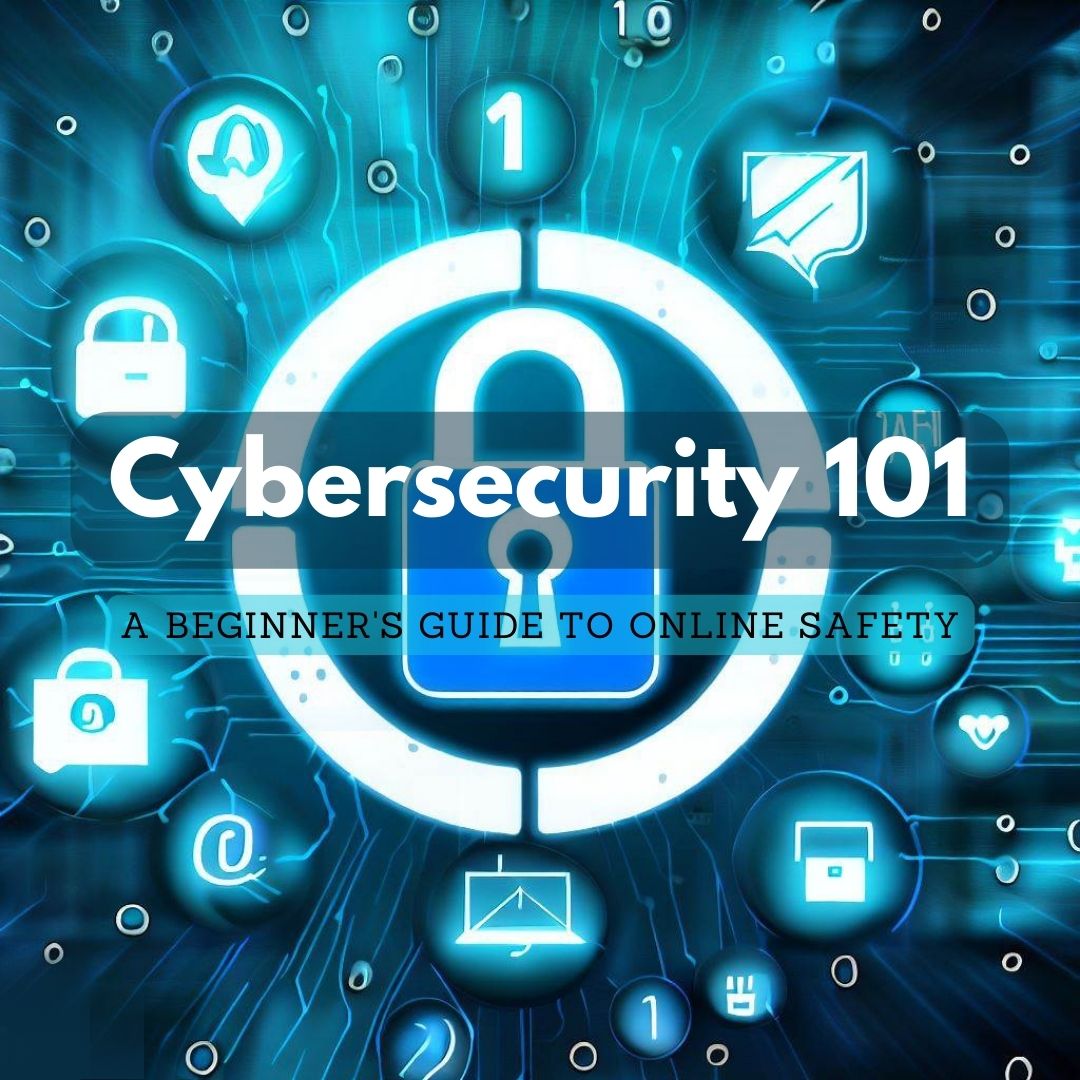Backup and Recovery: A Guide for Professionals
Backup and recovery are essential processes for any organization that relies on data and information systems. Backup refers to the creation and storage of copies of data or files in case of loss, corruption, or damage. Recovery refers to the restoration of data or files from backup sources in case of a disaster or failure. Backup and recovery can help protect an organization from data loss, downtime, legal issues, and reputation damage.
Backup and recovery are two essential aspects of data protection and business continuity. In this blog post, we will explain what backup and recovery are, why they are important, and how to implement them effectively.
What is backup?
Backup is the process of creating copies of data and storing them in a separate location from the original source. Backup can be done manually or automatically, using software tools or hardware devices. The purpose of backup is to prevent data loss in case of accidental deletion, corruption, theft, natural disaster, or any other event that could compromise the original data.
What is recovery?
Recovery is the process of restoring data from backup copies when the original data is unavailable or damaged. Recovery can be done by using the same software or hardware that was used for backup, or by using different tools that are compatible with the backup format. The purpose of recovery is to resume normal operations as quickly as possible after a data loss incident.
Why are backup and recovery important?
Backup and recovery are important for several reasons:
- They ensure data availability and integrity, which are crucial for any business that relies on data for its daily operations, decision-making, and customer service.
- They protect against legal and regulatory risks, such as compliance with data protection laws, industry standards, and contractual obligations.
- They reduce operational costs and downtime, by minimizing the impact of data loss on productivity, revenue, and reputation.
- They enhance security and privacy, by preventing unauthorized access, modification, or disclosure of sensitive data.
How to implement backup and recovery effectively?
To implement backup and recovery effectively, you need to follow some best practices:
- Define your backup and recovery objectives, such as what data to backup, how often to backup, where to store the backup copies, how long to retain them, and how fast to recover them.
- Choose your backup and recovery methods, such as full backup, incremental backup, differential backup, online backup, offline backup, cloud backup, tape backup, disk backup, etc.
- Test your backup and recovery processes regularly, to ensure that they work as expected and that you can recover your data in a timely manner.
- Monitor your backup and recovery performance, to identify any issues or gaps that need to be addressed or improved.
- Review your backup and recovery policies periodically, to keep them updated with your changing business needs and requirements.
Conclusion
Backup and recovery are vital for any business that values its data. By following the guidelines above, you can ensure that your data is safe and accessible at all times. If you need any help with your backup and recovery strategy, feel free to contact us. We are experts in data protection and business continuity solutions.
Share This Post
Related Articles
The Dynamic Duo: AI and Humans in Cybersecurity
Explore the symbiotic relationship between artificial intelligence (AI) and human expertise in the ever-evolving landscape of cybersecurity. Learn how these digital defenders work together to fortify digital defenses and ensure comprehensive protection against digital threats.
Decoding Ethical Hacking vs Cyber Security: A Comprehensive Guide
Explore the nuances between Ethical Hacking and Cyber Security to fortify your digital defenses. Gain insights into methodologies, skillsets, and the synergy between these vital components of cybersecurity.
Cybersecurity 101: A Beginner's Guide to Online Safety
Explore the digital wilderness with Cybersecurity 101: A Beginner's Guide to Online Safety! Learn how to spot online threats, create strong passwords, and protect your digital kingdom.
Unleashing Guardians: The Rising Significance of Ethical Hacking and Bug Bounty Programs
Explore the pivotal role of ethical hacking and bug bounty programs in the realm of cybersecurity. Discover how these initiatives are transforming the way organizations identify vulnerabilities, prevent data breaches, and foster collaboration with security researchers. Learn about the benefits for both organizations and ethical hackers, and gain insights into the dynamic landscape of proactive digital defense. Join us as we delve into the world of ethical hacking, uncovering its significance in safeguarding our interconnected digital future.
Cybersecurity Threats in a Digital World: What You Need to Know
Discover the top cybersecurity threats in today's digital landscape and learn how to protect yourself and your data. Stay one step ahead of cybercriminals!
Related FAQ
No related FAQ.
Say Hello
To Your Dream





